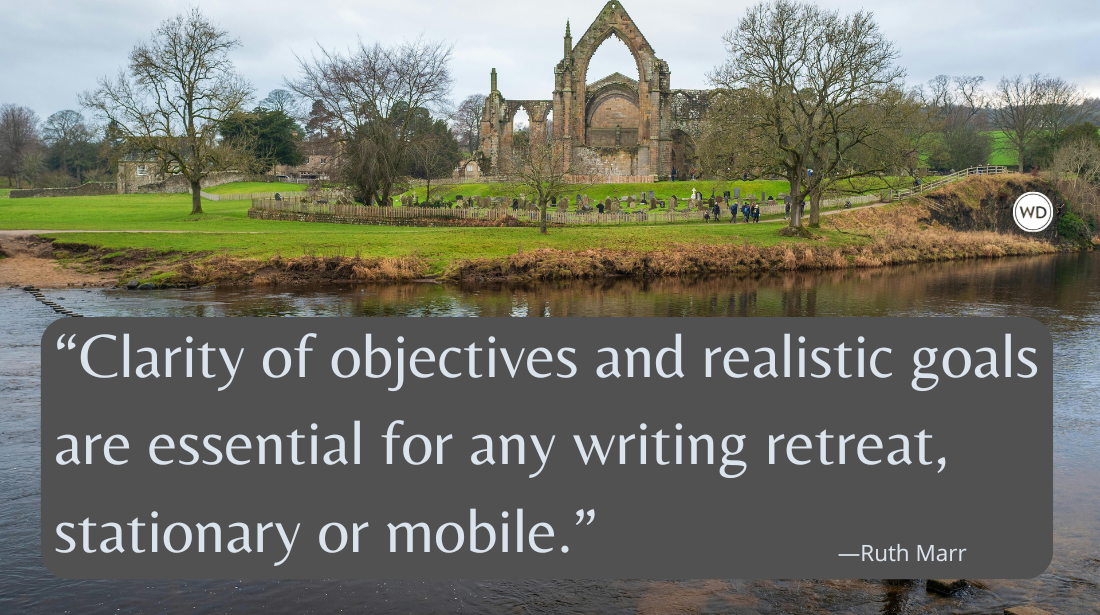Nova Ren Suma: I Love the Way Characters Can Surprise You
In this interview, author Nova Ren Suma discusses how an art print inspired her new YA novel, Wake the Wild Creatures.
Nova Ren Suma is the author of the #1 New York Times bestselling The Walls Around Us and A Room Away from the Wolves, which were both finalists for the Edgar Award. She also wrote Imaginary Girls and 17 & Gone and co-edited the story & craft anthology FORESHADOW: Stories to Celebrate the Magic of Reading & Writing YA. She has an MFA in fiction from Columbia University and has taught creative writing at Columbia University, the University of Pennsylvania, and Vermont College of Fine Arts. Originally from the Hudson Valley, she spent most of her adult life in New York City and now lives in Philadelphia. Learn more at NovaRen.com, and follow her on Bluesky, Facebook, and Instagram.
In this interview, Nova discusses how an art print inspired her new YA novel, Wake the Wild Creatures, the tumultuous period of changing editors and publishers during the writing process, and more.
Name: Nova Ren Suma
Literary agent: Michael Bourret at Dystel, Goderich & Bourret
Book title: Wake the Wild Creatures
Publisher: Little, Brown
Release date: May 6, 2025
Genre/category: YA literary thriller with a touch of the fantastic
Previous titles: The Walls Around Us, A Room Away from the Wolves, 17 & Gone, Imaginary Girls
Elevator pitch: Wake the Wild Creatures is a coming-of-age survival story that explores young women’s freedom and rage as a girl captured from a life outside society plots her way back to her hidden mountaintop home after her mother’s arrest for murder.
What prompted you to write this book?
The most monumental writing ideas often come from unexpected sources. In my case, it was a birthday gift. The original spark for Wake the Wild Creatures was an art print gifted to me by a writer friend, Libba Bray. This was a pen-and-ink drawing called “Daughters of the Forest” by the artist Megan Eckman. My friend sensed I’d connect to this drawing, but I don’t think she realized how much. To me, the picture was itching to be a writing prompt.
The drawing features two nearly identical girls (sisters?) huddled together. A deer with antlers is in view behind them. All seems straightforward until you take a closer look at the girls’ feet under their dresses. Deer hooves. It was this detail—the surprise of it, the possibility—that sent me staggering forward into a story. Of course, ideas transform as you write, and so what began as a book about two daughters of the forest became something other, focused on one girl instead of two. Still, the glimmer of maybe-magic remained, and years later Wake the Wild Creatures came from it.
How long did it take to go from idea to publication? And did the idea change during the process?
I wrote the first words of Wake the Wild Creatures—a single spark of a line—in 2017, when I was away teaching at a retreat at the Djerassi Resident Artists Program in the mountains of California. The remote location is fitting, because the book takes place in another set of mountains, the Catskills, where I grew up. After having the idea and scribbling the first words in a notebook, I completed work on an entire other book and took on whole other projects. It was solidly 2020 when I was drafting what would eventually be called Wake the Wild Creatures.
My first stabs at the story were floating aimlessly, and it was during those isolated days of the pandemic that I had a revelation. This was the kind of exciting, yet sometimes dreaded, idea about reworking the plot that would involve revamping the timeline and the structure. You know, the kind of idea that, once you commit to it, involves a rewrite from page 1. I knew it would be an enormous amount of work and would take a lot of time—and it was, and it did. But I felt sure the restructuring would add more urgency and direction to the story and believed it would be worth it. Now, safely on the other side having survived, I can see it was.
Were there any surprises or learning moments in the publishing process for this title?
Authors in traditional publishing should always be ready for upheaval, as many of us who have been in this business for a while have come to know. Even so, even when you think you’re prepared, publishing will come with new surprises. During the writing and publication process of Wake the Wild Creatures my publisher was bought by another, larger publisher. Then, after some intense and essential editorial work, I lost my long-time editor—she became a literary agent—and then in quick succession I lost the next editor I was starting to work with—she went to another company—and lost the third editor who helped me with the last polishing edits of the book. This was because the entire imprint that was set to publish my book was dissolved. My book, now copy edited and finally ready to go at this point, stayed with the larger publisher and moved on to a whole new team of people and imprint. I can now say, after much heartbreak and worry on my part, that I did land in wonderful hands, and I’m grateful, but I certainly learned never to get too comfortable. Anything can change at any moment in this business. From this experience I keep reminding myself to focus only on the parts of this process I can control: the story I write, the effort I can put into sharing it with others, and, as a safeguard, keeping my eye on writing the next book.
Were there any surprises in the writing process for this book?
I love the way characters can surprise you. No novel I’ve ever written kept the same concept or shape or plot from first draft to final. That’s the discovery process of writing a character-driven novel and the beauty of writing fiction, I believe. The braver you are to challenge yourself and make ambitious changes, the better your novel will ultimately be. Wake the Wild Creatures turned upside down and let go of an entire main character, melding her into other characters, and sharpening the eye of the story in an exciting way. As I mentioned, the piece of art that inspired the book showed two “daughters of the forest.” In much the same way, my original version of this book was told in two voices. Melding these voices into one character whose life was split in half after her capture was the surprise that revealed the true face of the book.
What do you hope readers will get out of your book?
The heart of this book is about community. There is anger in this story, and there is fear, but there is also hope. Ultimately Wake the Wild Creatures is about building community and being brave enough to live a different, more intentional life. When the world around you isn’t what you want to see, Wake the Wild Creatures speaks to gathering those you can trust and creating something different and new.
If you could share one piece of advice with other writers, what would it be?
There is someone who needs to read that story you’re struggling with right now. In my experience, the books that are the hardest to write, the ones that come with the most pain and frustration and make you question even why you’re trying to be a writer at all, are the ones that resonate the most with others. And may even be life changing.









